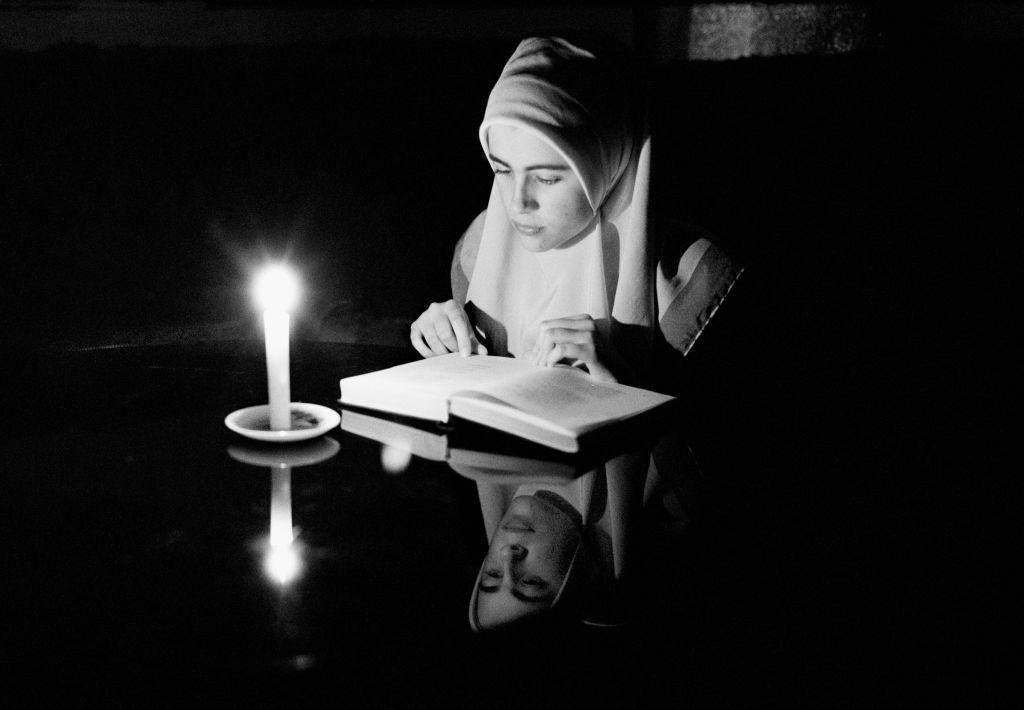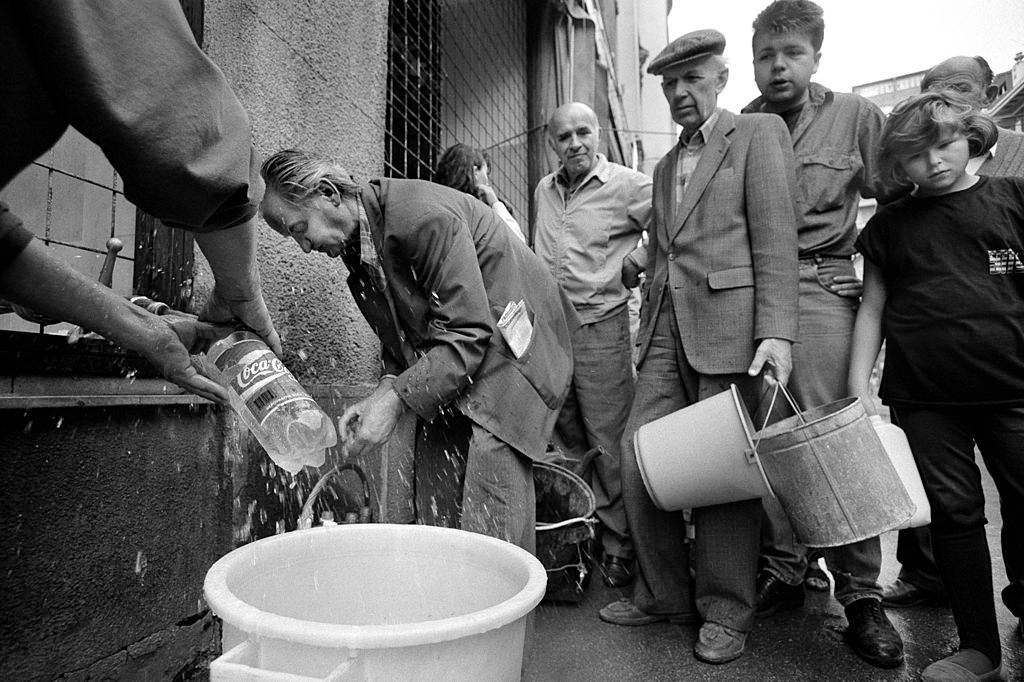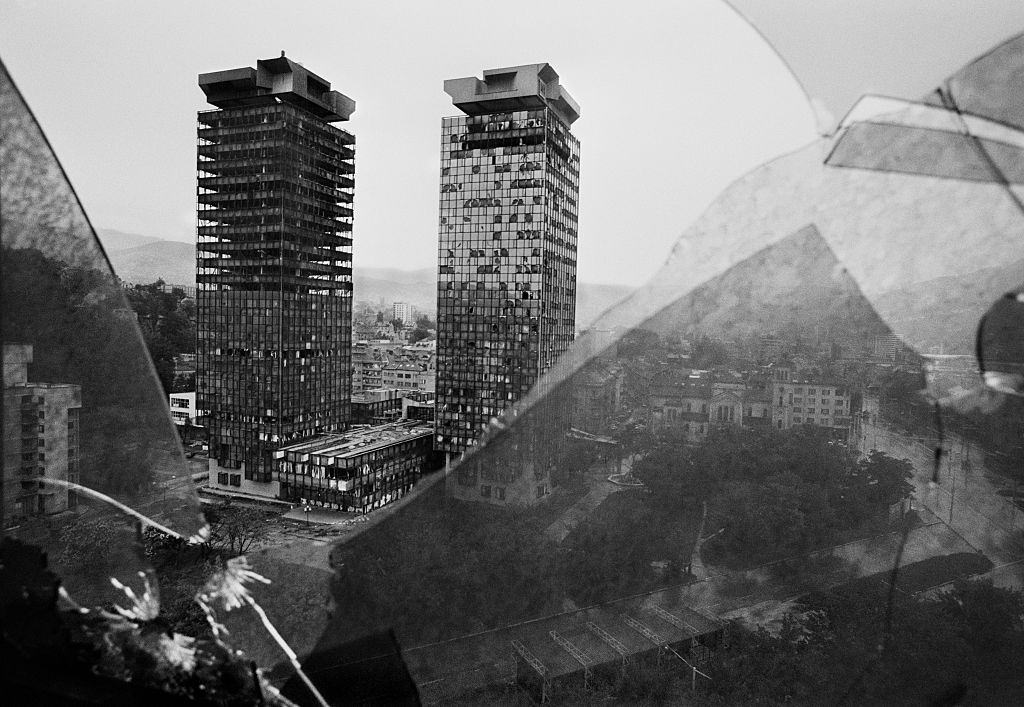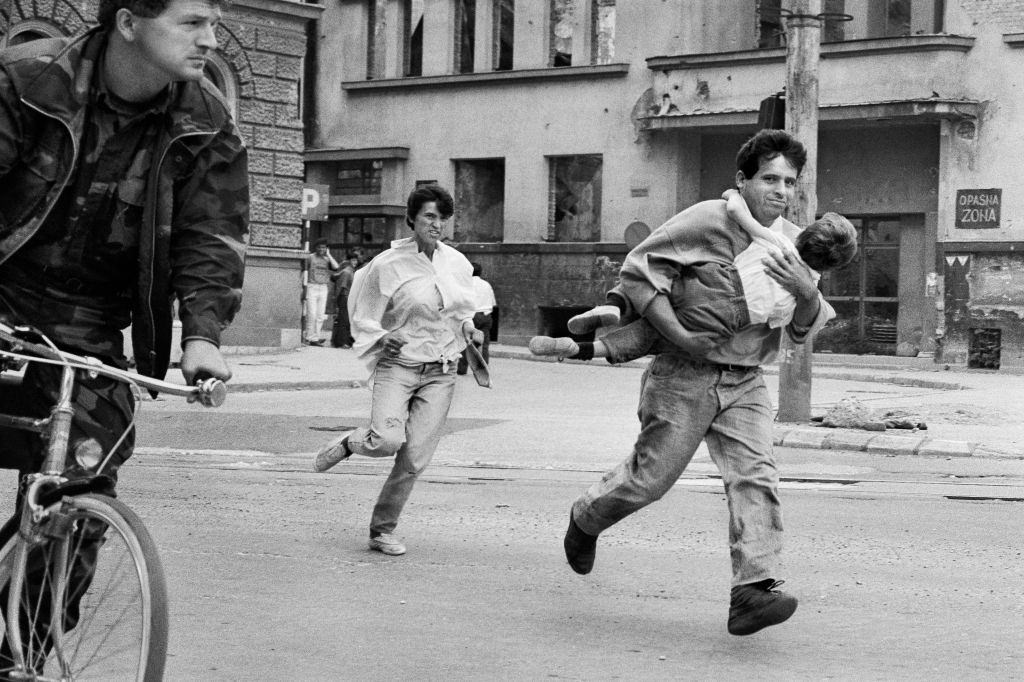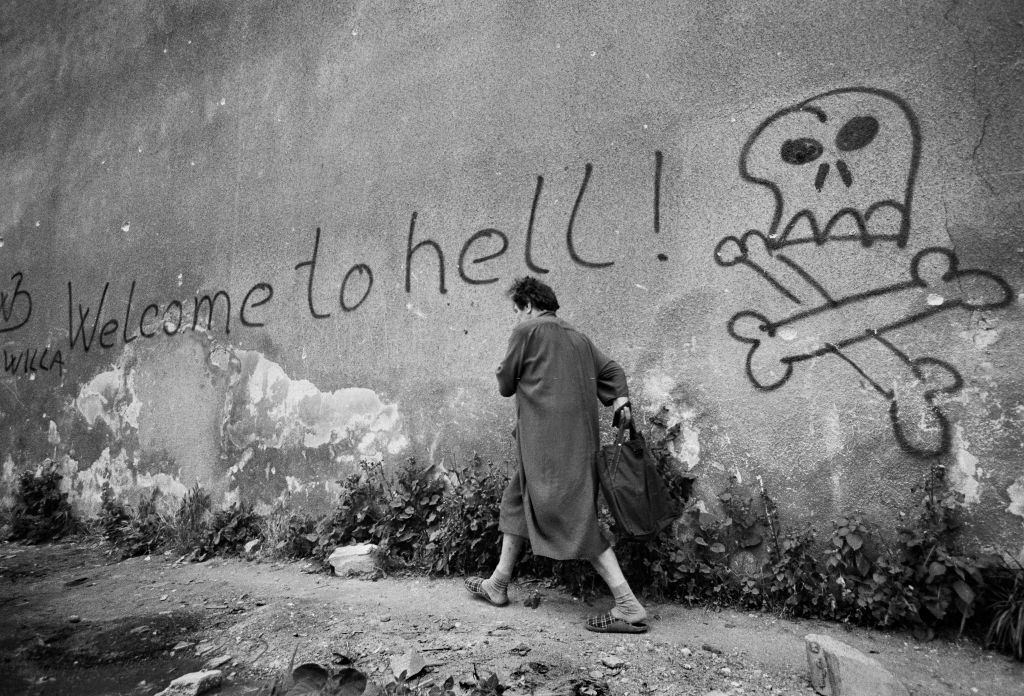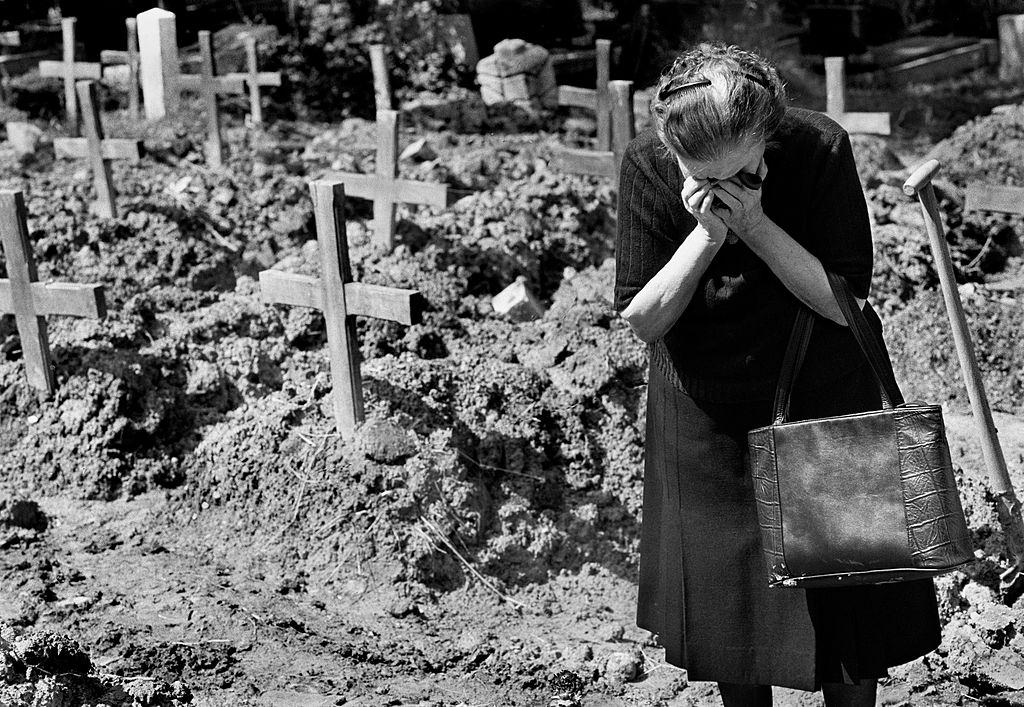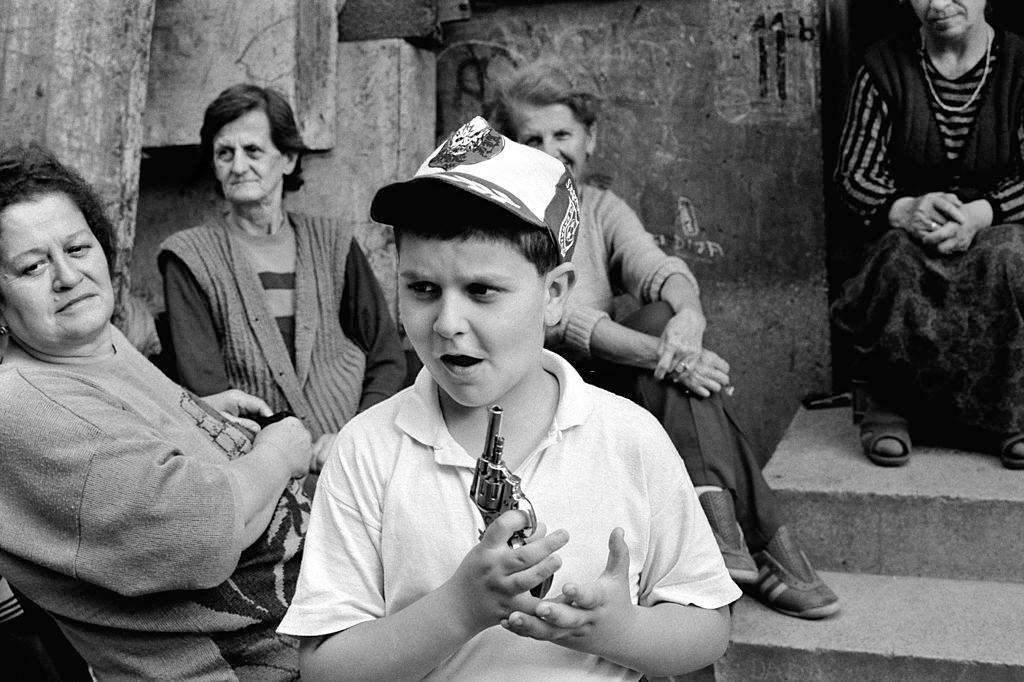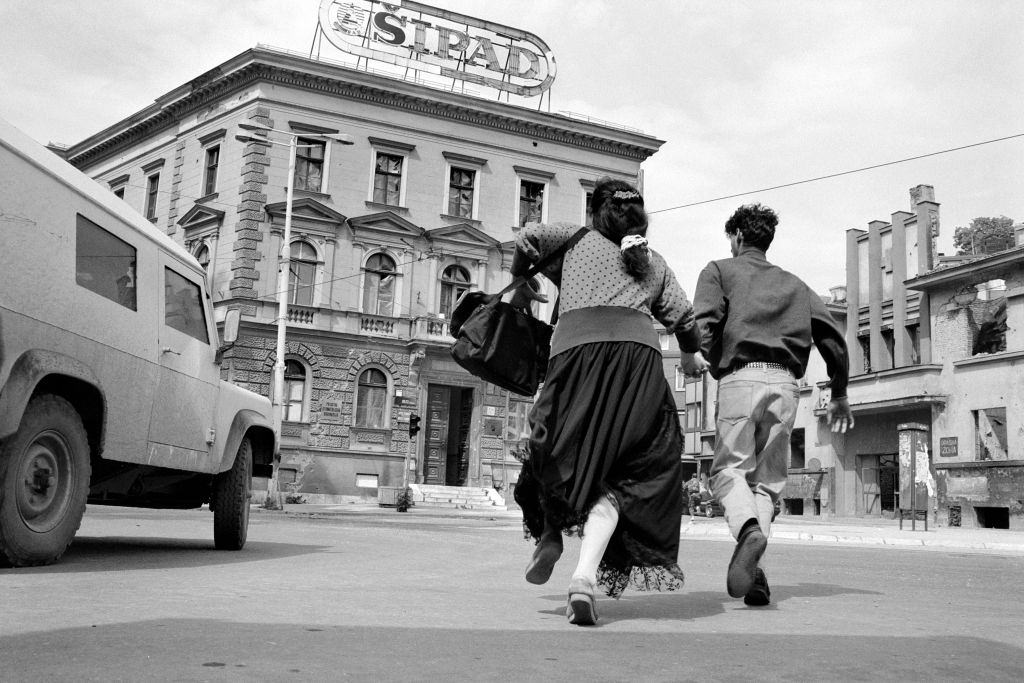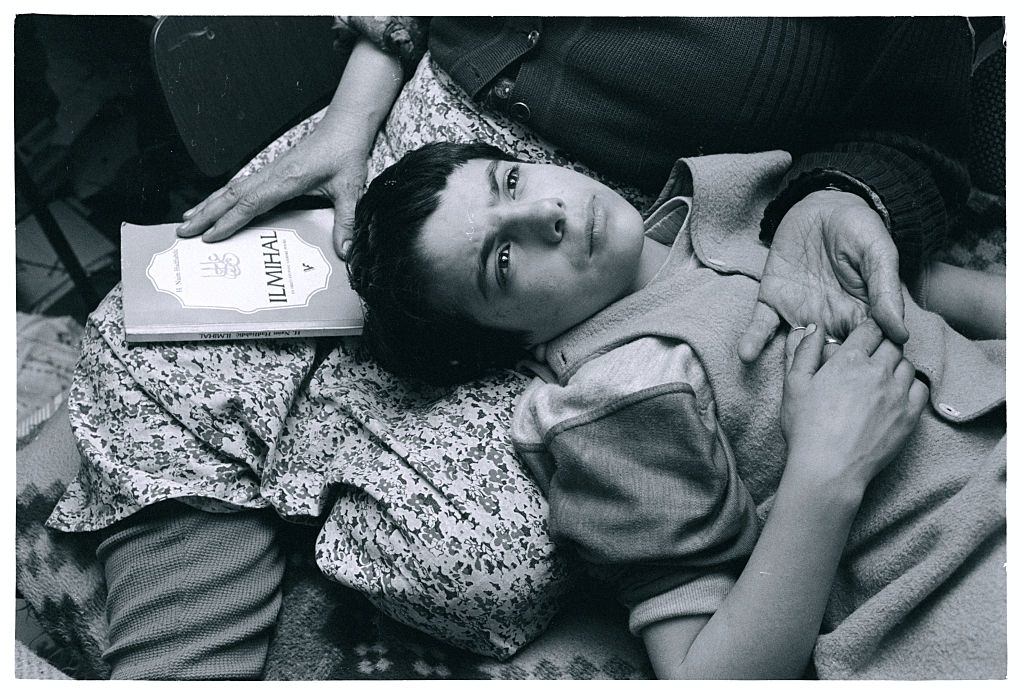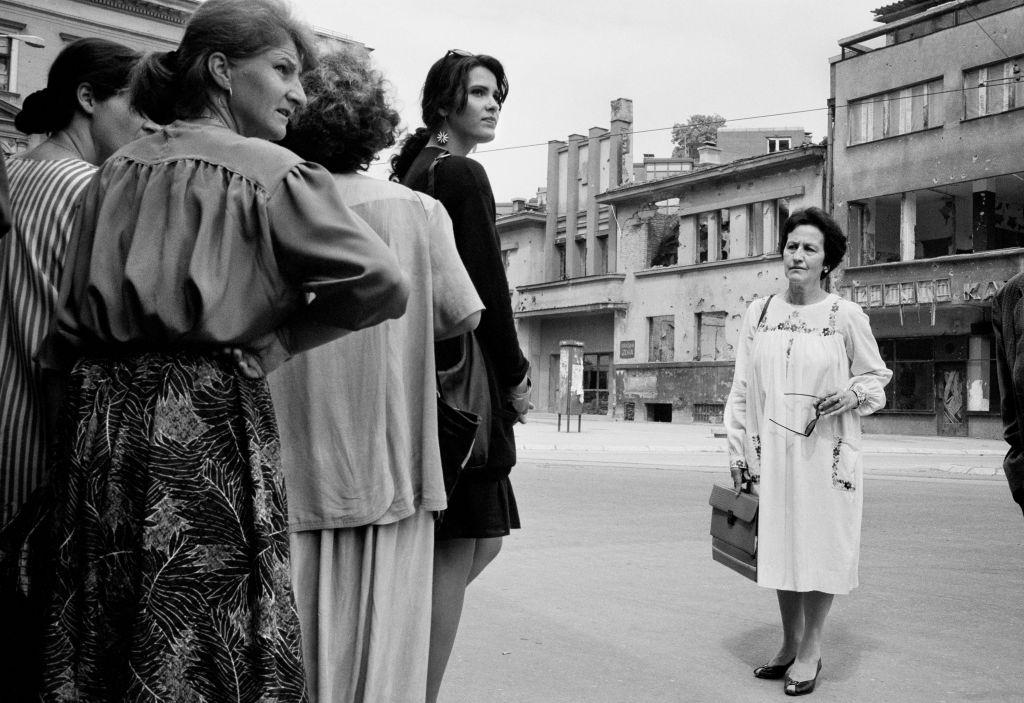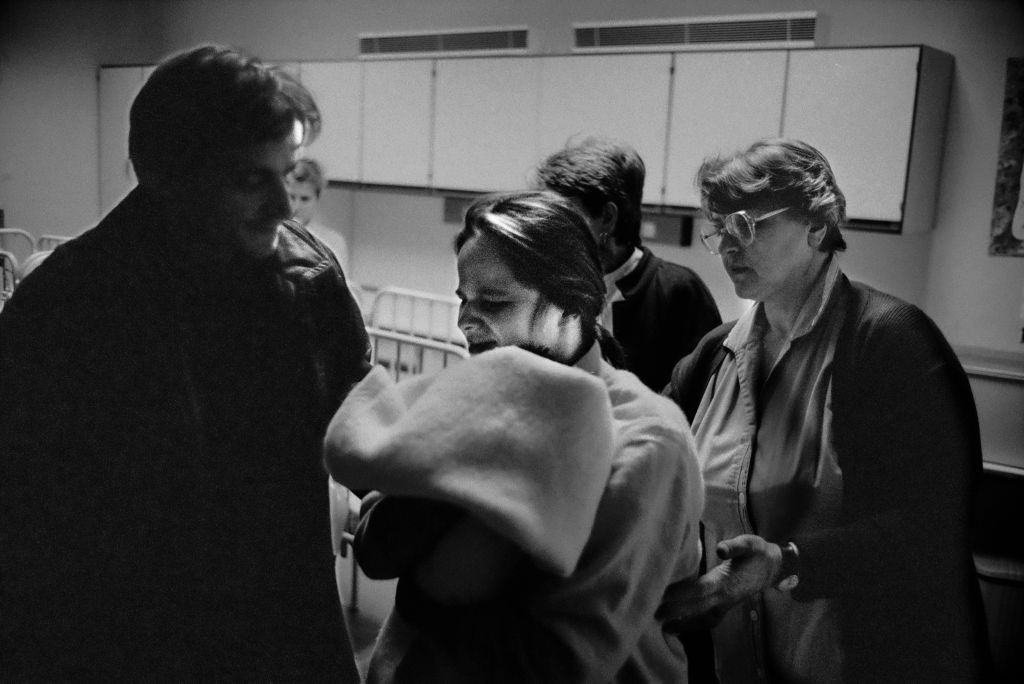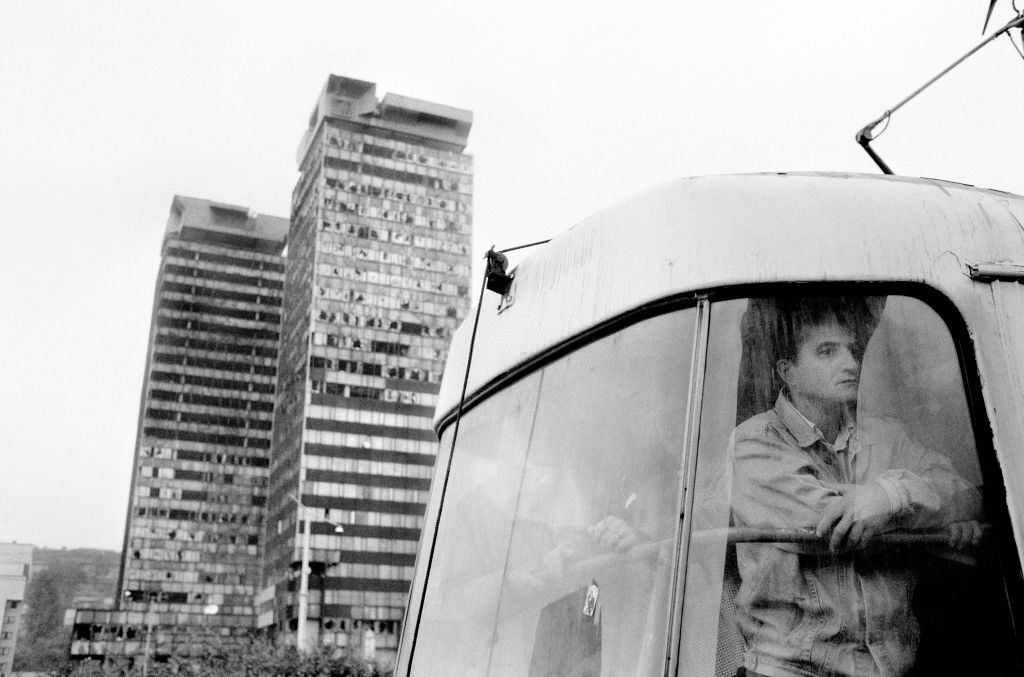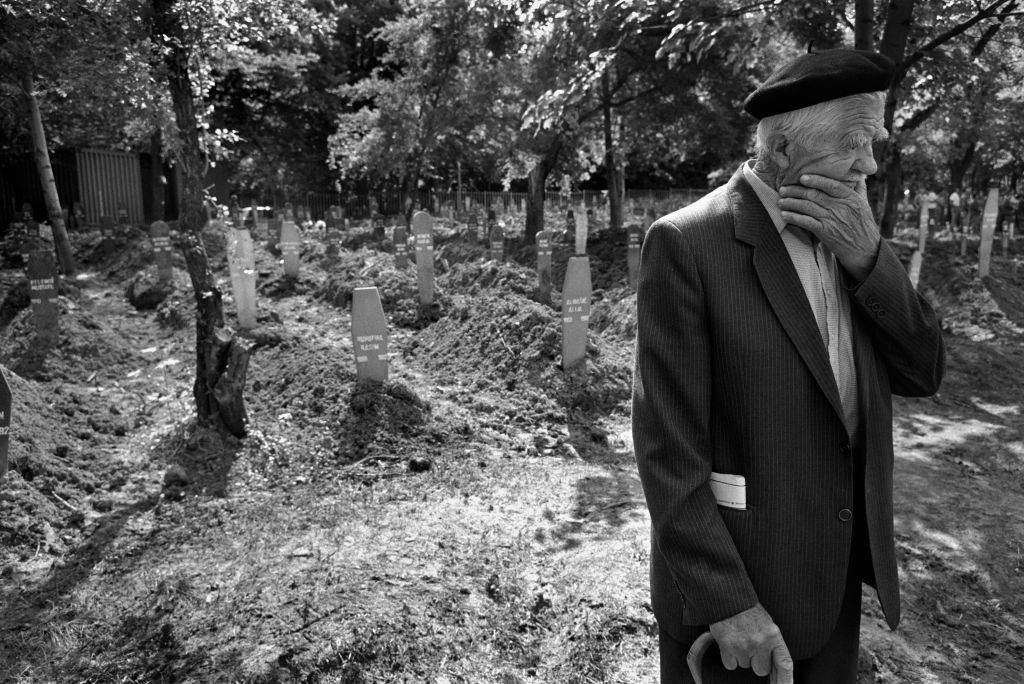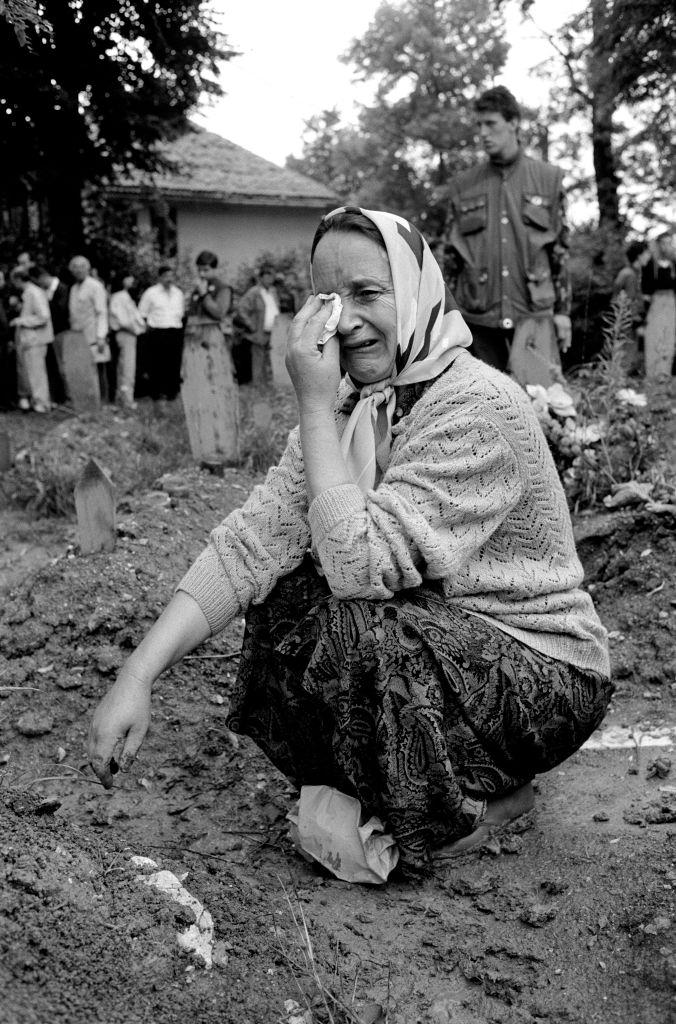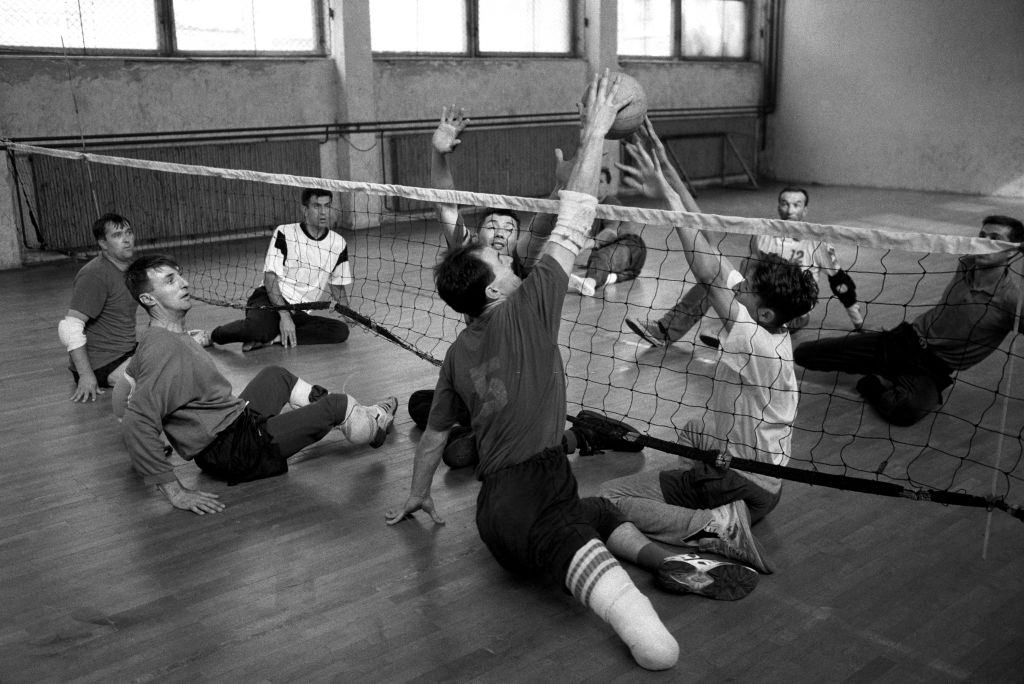Sarajevo was besieged for the longest period in modern warfare history. It started on April 5, 1992, and ended on February 29, 1966. It lasted three times longer than the Battle of Stalingrad and more than a year longer than the Siege of Leningrad. During the Siege, 13,952 people were killed, including 5,434 civilians. At first, the Yugoslav People’s Army (JNA) and the Army of Republika Srpska (VRS) surrounded and shelled Bosnia’s capital. Numerous cultural institutions, historical monuments, sports venues, and much of the city’s socioeconomic infrastructure were damaged or destroyed.
Background
After World War II, the government of the Socialist Federal Republic of Yugoslavia closely monitored the political and social environment to prevent chaos and the country’s breakup. As a constituent nation of the Federal People’s Republic of Yugoslavia in 1946, Bosnia and Herzegovina underwent all the social, economic, and political changes imposed on Yugoslavia by its communist government as many traditional Muslim institutions as possible were abolished in Bosnia and Herzegovina and wealthy foundations, dervish orders, and religious primary schools. The term “Muslim in the ethnic sense” was used in the 1961 Bosnian census, and the Bosnian Central Committee decreed in 1968 that “the Muslims are a distinct nation.” By 1971 Muslims made up the most significant swathe of the Bosnian population. During the next 20 years, the Serb and Croat people declined in absolute terms due to emigration. Muslims made up more than two-fifths of the Bosnian population in 1991, while Serbs accounted for slightly less than one-third and Croats for one-sixth. In the mid-1990s, Bosnian Muslims began using the term Bosniak instead of Muslim. In early 1990, multiparty elections were held in Slovenia and Croatia.
The beginning of clashes
Bosnia and Herzegovina held elections in December 1990, and new parties representing the three national groups gained seats in rough proportion to their populations. Immediately following the declaration of Bosnian sovereignty, a referendum for independence was held on February 29 and March 1, 1992, which was boycotted by the vast majority of Serbs. There was a 63.4% turnout in the referendum, and 99.7% of voters chose independence. During and after the referendum, violence broke out in many places. A gunman opened fire at a Bosnian Serb wedding procession in a Muslim section of Sarajevo called Baščaršija on March 1.
The United States and the European Commission recognized Bosnia and Herzegovina’s independence on April 7, and Bosnian Serb paramilitary forces immediately began firing on Sarajevo. Bosnian Serb units of the Yugoslav army then began bombarding the city with artillery. In April, paramilitary troops and Yugoslav army units attacked several eastern Bosnia and Herzegovina towns with large Bosniak populations, including Zvornik, Foča, and Višegrad. Bosniaks were primarily expelled from these areas, the first victims of an ethnic cleansing process in the country. Bosniaks were the primary victims, and Serbs were the direct perpetrators, but Croats were also victims and perpetrators. During a coordinated offensive by the Yugoslav army, paramilitary groups, and local Bosnian Serb forces, roughly two-thirds of Bosnia’s territory came under Serb control.
The Siege of the city and the Bosnian War
During the months leading up to the War, JNA forces began mobilizing in the hills surrounding Sarajevo. The artillery and other ordnance and equipment that would prove crucial to the city’s Siege were deployed during this time. Bosnian Serb forces enacted a total blockade of the city on May 2, 1992. They cut off supplies of food and medicine and also cut off the city’s utilities. Serb forces outside the city shelled the government defenders continuously. The Serbs inside the city controlled most of the major military positions and the supply of arms. During the Siege, there were approximately 329 shell impacts per day, with a maximum of 3,777 on July 22, 1993.
Bosnian President Alija Izetbegovic ordered the Yugoslav government to remove these forces in April 1992. Bosnian forces were weakened militarily by an international arms embargo and by the conflict with Croat forces in 1993–94. Croatians and Bosniaks agreed, however, in 1994, to form a joint federation. In the Bosnian War, the United Nations (UN) refused to intervene, but UN Protection Force (UNPROFOR) troops facilitated humanitarian aid delivery. However, the UN failed to protect the safe area of Srebrenica in July 1995, when Bosnian Serb forces massacred more than 7,000 Bosnian men.
NATO’s intervention
NATO’s first use of force occurred in February 1994, when its fighters shot down four Bosnian Serb aircraft violating the no-fly zone over the country. At the UN’s request, NATO launched isolated and ineffective airstrikes against Bosnian Serb targets later that year. Late in 1995, NATO intensified airstrikes after the Srebrenica massacre and another Bosnian Serb attack on a Sarajevo marketplace. In November, Bosnian Serb forces agreed to U.S.-sponsored peace talks in Dayton after a large-scale Bosniak-Croat land offensive.
Casualties
During the Siege, more than 2,000,000 people were displaced, and at least 200,000 people were killed. A subsequent study, however, determined that the death toll was actually about 100,000.
UNICEF reported that of the estimated 65,000 to 80,000 children in the city, at least 40% had been directly shot at by snipers; 51% had seen someone killed; 39% had seen one or more family members killed; 19% had witnessed a massacre; 48% had their home occupied by someone else; 73% had their home attacked or shelled, and 89% had lived in underground shelters. During this time, the psychological trauma that these children experienced will likely remain with them for years to come. Due to the high number of casualties and the wartime conditions, many makeshift cemeteries in Sarajevo and the surrounding areas.




